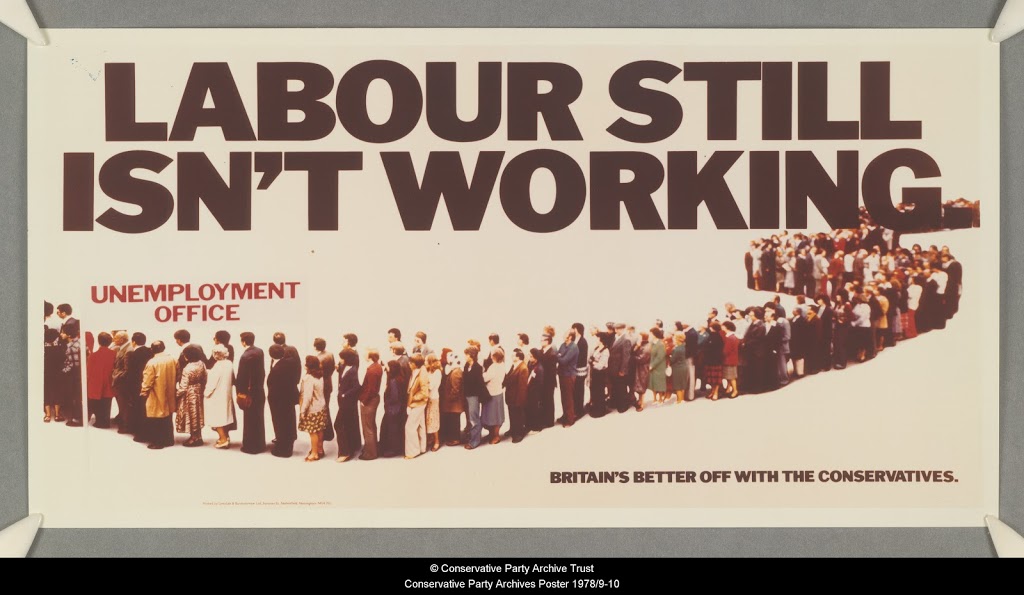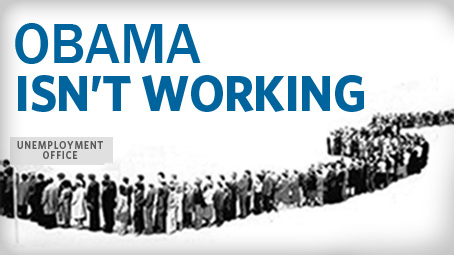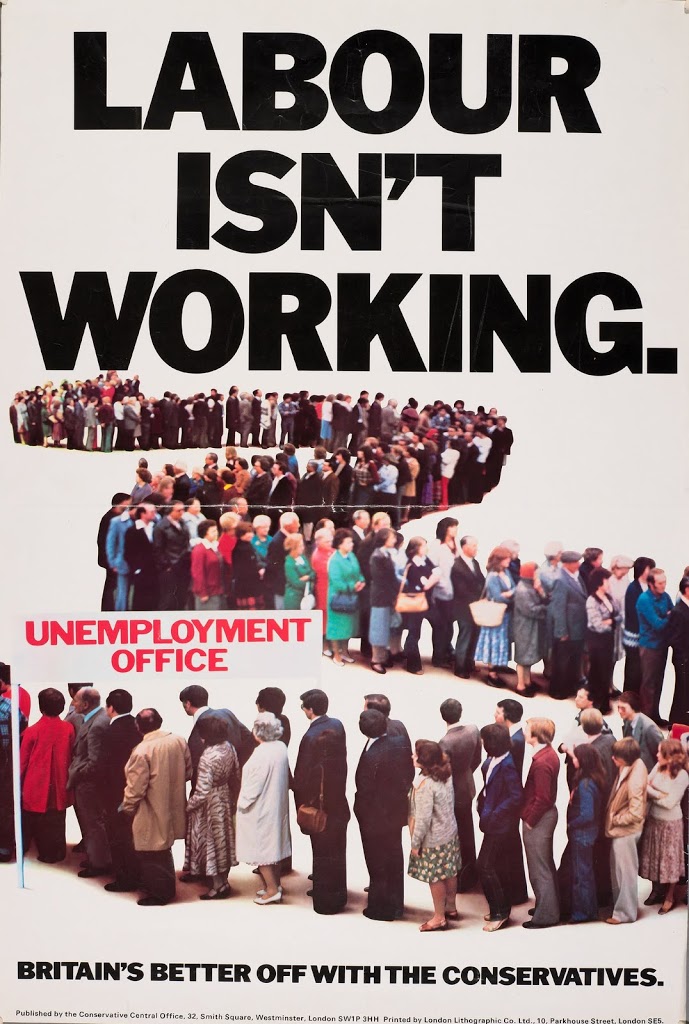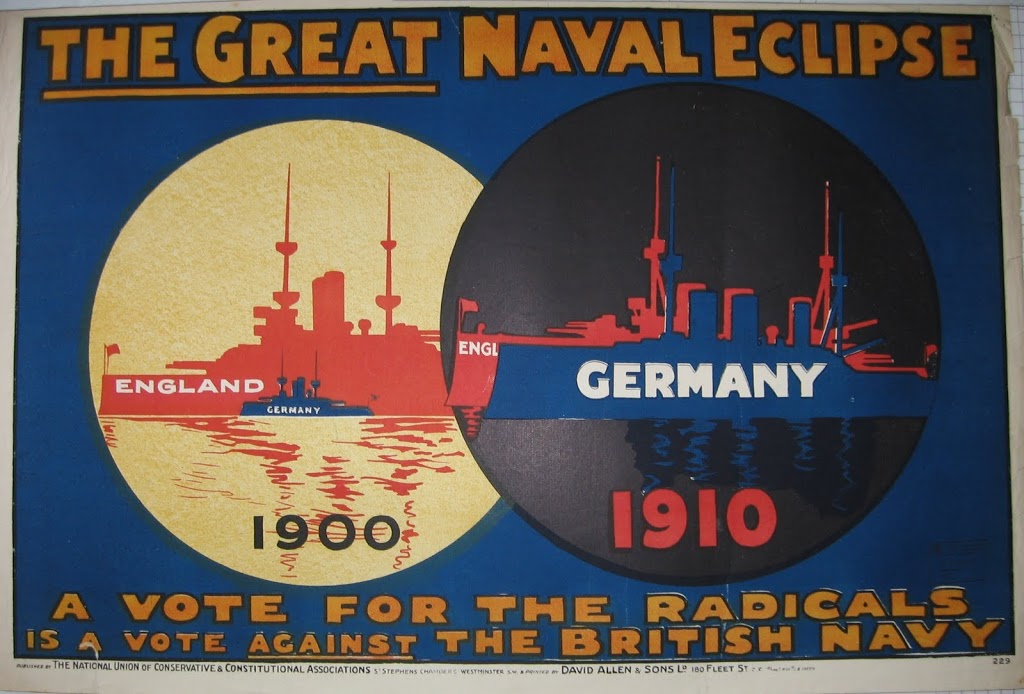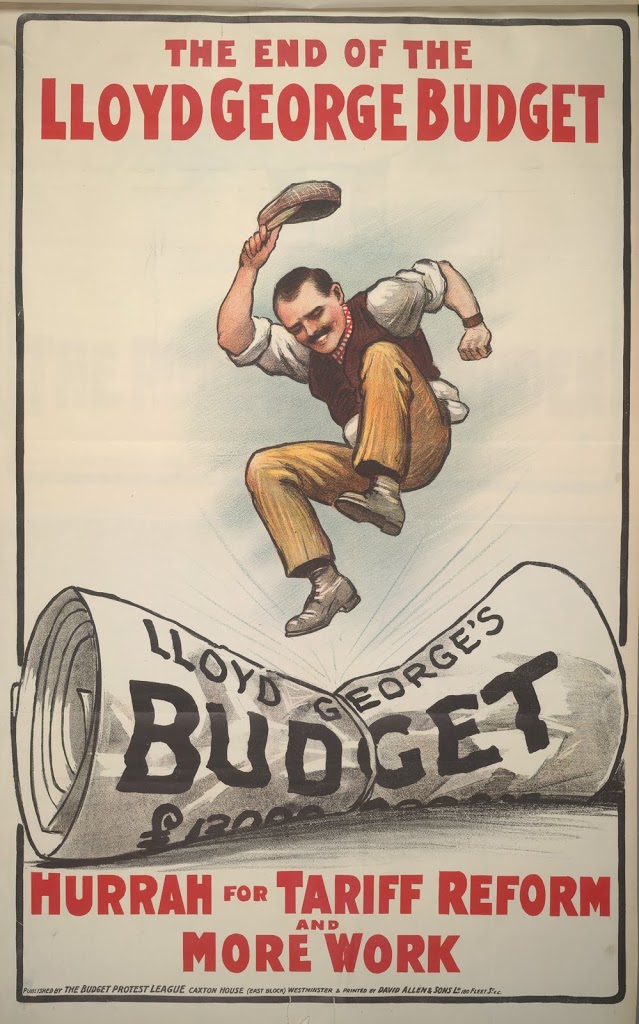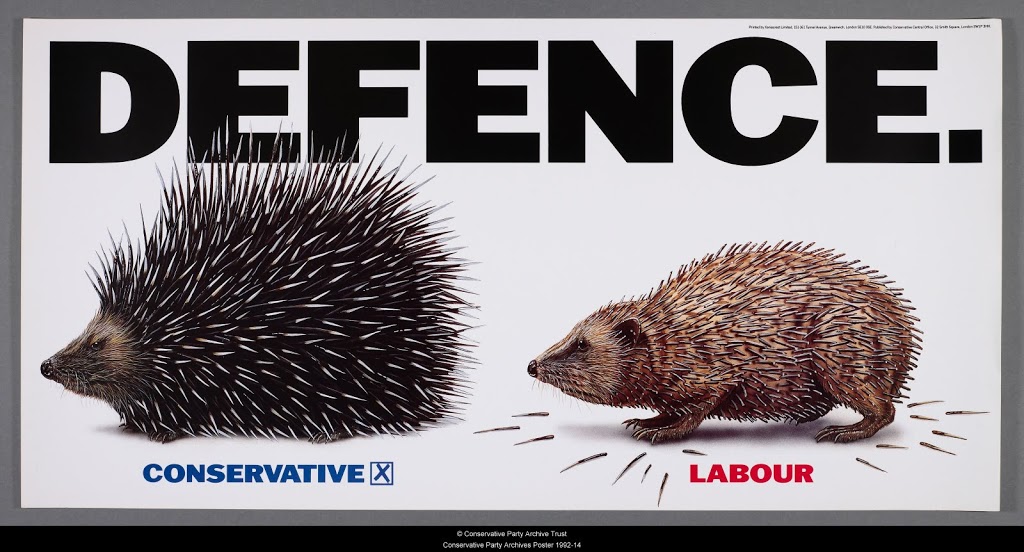
General Post Office poster on how to securely send bank notes through the post, 9 Feb 1782 [click to enlarge]
It is recommended to all Persons, at present uninformed, who may have Occasion to send BANK NOTES by the Post, to cut them in two Parts, according to the following Specimen where it is marked with a black Line, and send them by different Posts; first writing the Name, Date and Year at one End of the Note, and the Letter and Number at the other End; by this Means each Part will contain a sufficient Specification of the Whole, and prevent any kind of Difficulty in the Payment of it at the Bank of England…in case of the Loss of the other Part.
Highway robbery–your money or your life!–was a very real and present danger in 1782, so this was useful advice.
Bank notes, which were issued in denominations up to a staggering £1000, were a much more discreet and sensible way to carry or send money than hauling around bags of golden guineas, and interestingly, it seems that the growing circulation of notes was one of the reasons for the decline in highway robbery in England in the 19th century, because paper currency was more traceable than coins. And it tickles me to think that it’s possible that enough people started using this secure, two-step technique to send their money through the post that it was no longer worth the effort to hold up a mail coach.
Also notable? This poster only concerns Bank of England notes. The Bank of England did not have a monopoly on issuing paper currency in England and Wales in the 18th century (or for a surprisingly long time afterwards), but this reminder that the Bank would make good on half a note might have encouraged people to use their notes rather than a provincial bank’s.
Another thing it’s interesting to see is the use of the placeholder names John Doe and the now less well-known Richard Roe. To a British reader these might sound very American, but those names have actually been used in English law since the middle ages, and John Doe still is, in some instances, even though we don’t use it to name unidentified bodies!
These papers, of the Earls of Clarendon of the second creation, are currently being catalogued and will be available to readers in 2022.
